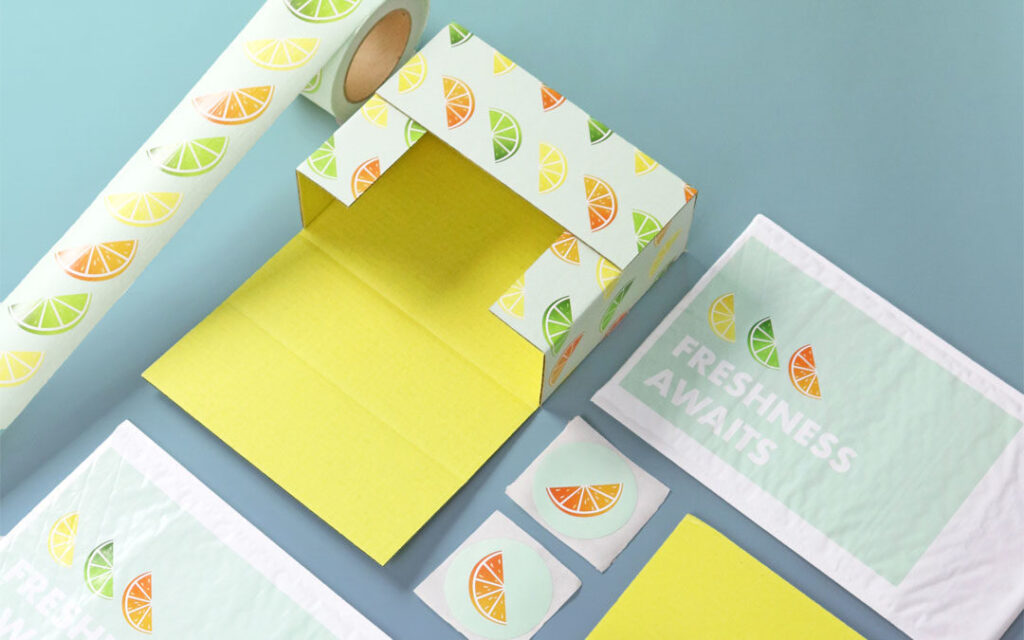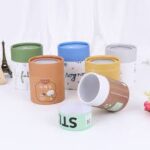Custom packaging is more than just a container for your products—it’s a powerful tool for branding, customer experience, and functionality. Designing custom packaging effectively requires a balance of creativity, technical considerations, and alignment with your brand’s goals. This guide provides a detailed roadmap for crafting custom packaging that meets your needs while leaving a lasting impression.
1. Define the Purpose of Your Packaging
Product Protection
Ensure your packaging is robust enough to protect products during shipping and storage. Consider factors such as:
- Material strength for fragile items.
- Moisture resistance for perishables.
Brand Communication
Use packaging as a canvas to convey your brand’s identity. Reflect your values, target audience, and product positioning through colors, graphics, and text.
2. Understand Your Target Audience
Demographics and Preferences
Identify your ideal customer’s preferences. For example:
- Eco-conscious buyers may value sustainable materials.
- Luxury consumers might expect premium finishes like foil stamping or embossing.
Cultural Sensitivity
Design packaging that resonates with your target market’s cultural norms and aesthetics.
3. Choose the Right Packaging Type
Primary Packaging
The layer that comes in direct contact with the product, such as bottles, jars, or pouches.
Secondary Packaging
The exterior layer, such as boxes or wraps, designed for branding and custom packaging products protection during shipping.
Tertiary Packaging
Used for bulk shipping, including corrugated boxes and pallets, primarily focused on transportation efficiency.
4. Select Suitable Materials
Durability vs. Cost
Strike a balance between strength and budget. Materials like corrugated cardboard are cost-effective yet sturdy, while rigid boxes offer a premium feel.
Sustainability
Consider eco-friendly options, such as biodegradable, recyclable, or reusable materials, to appeal to environmentally conscious consumers.
5. Focus on Functionality
Ease of Use
Ensure the packaging is easy to open, reseal, or dispose of. Poor functionality can frustrate customers and damage your reputation.
Space Efficiency
Design compact packaging to reduce storage and shipping costs. Consider collapsible or nested designs for flexibility.
6. Create a Compelling Visual Design
Align with Branding
Incorporate your logo, brand colors, and typography to maintain consistency across all touchpoints.
Use Eye-Catching Graphics
Engage customers with bold patterns, illustrations, or photographs. The visual design should stand out on shelves and online marketplaces.
Typography Matters
Choose fonts that are legible and aligned with your brand’s tone—whether it’s playful, professional, or luxurious.
7. Prioritize the Unboxing Experience
Surprise and Delight
Enhance the customer journey by adding elements like tissue paper, stickers, or personalized thank-you notes.
Interactive Features
Incorporate QR codes or AR experiences to engage customers and provide additional product information.
8. Incorporate Informative Details
Product Information
Clearly display key details such as size, weight, ingredients, and usage instructions.
Regulatory Compliance
Include necessary legal information, including certifications, safety warnings, or recycling instructions.
9. Prototype and Test Thoroughly
Create a Prototype
Before mass production, develop a sample to test the design, dimensions, and materials.
Conduct Stress Tests
Simulate real-world conditions, such as shipping and handling, to ensure durability.
Gather Feedback
Share prototypes with a focus group or stakeholders to refine the design based on constructive criticism.
10. Balance Aesthetics and Cost
Optimize Production Costs
Choose scalable designs that minimize waste and reduce per-unit costs. Collaborate with suppliers to find cost-effective solutions.
Invest in Key Features
Prioritize spending on elements that impact customer perception, like high-quality printing or finishing techniques.
11. Stay Updated with Industry Trends
Sustainability Trends
Adopt biodegradable materials or minimalist designs to align with eco-friendly packaging trends.
Technological Innovations
Explore innovations like smart packaging with RFID tags or tamper-evident seals.
12. Partner with the Right Manufacturer
Experience and Capabilities
Select a manufacturer with expertise in your industry and the ability to deliver your vision.
Request Samples
Evaluate samples to ensure the manufacturer can meet your quality standards.
13. Monitor Performance Post-Launch
Track Customer Feedback
Analyze customer reviews and complaints to identify areas for improvement.
Designing custom packaging effectively requires strategic planning and attention to detail. By following these steps, you can create custom design boxes that protects your product, enhances your brand, and delivers an exceptional customer experience.



